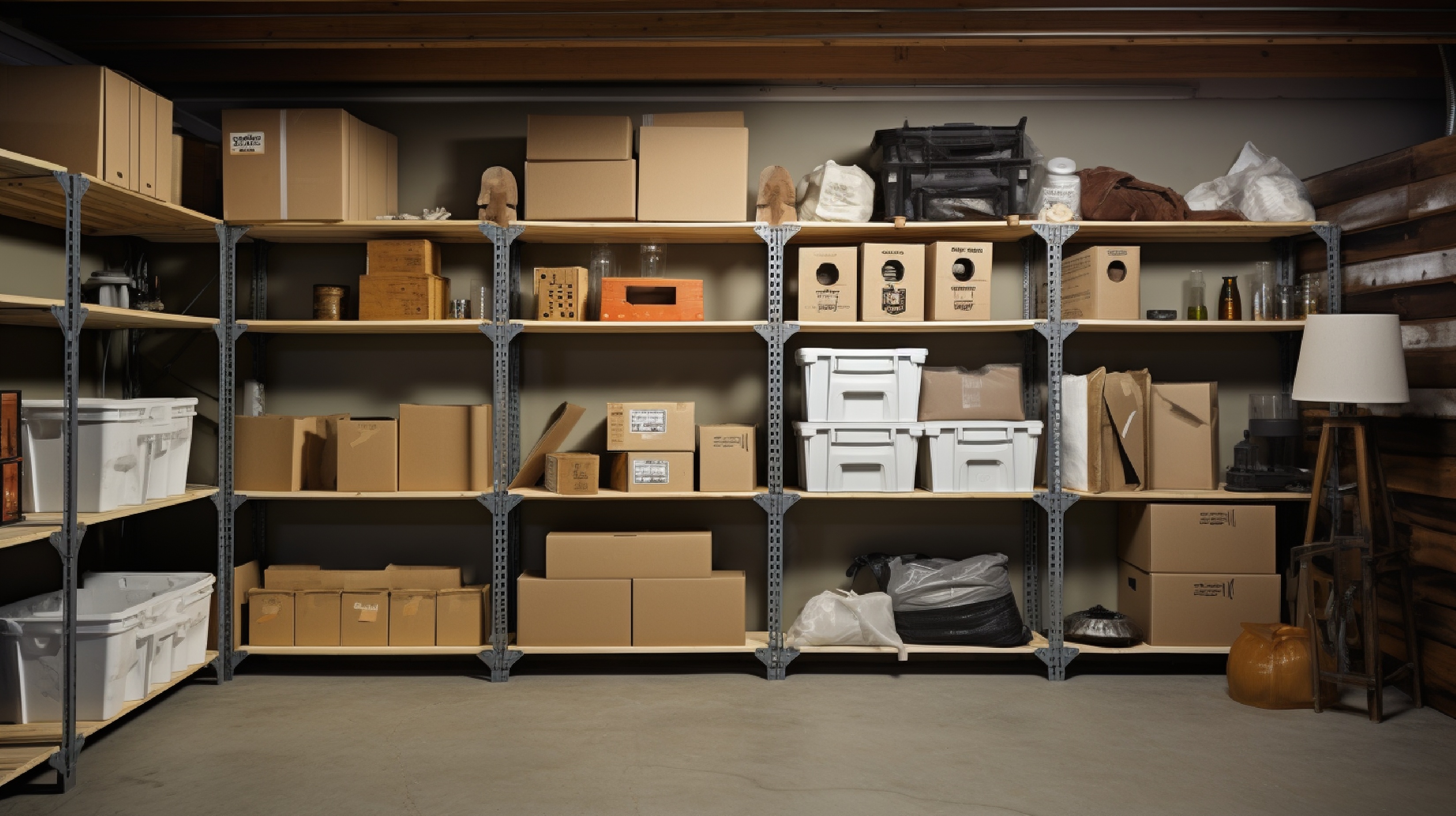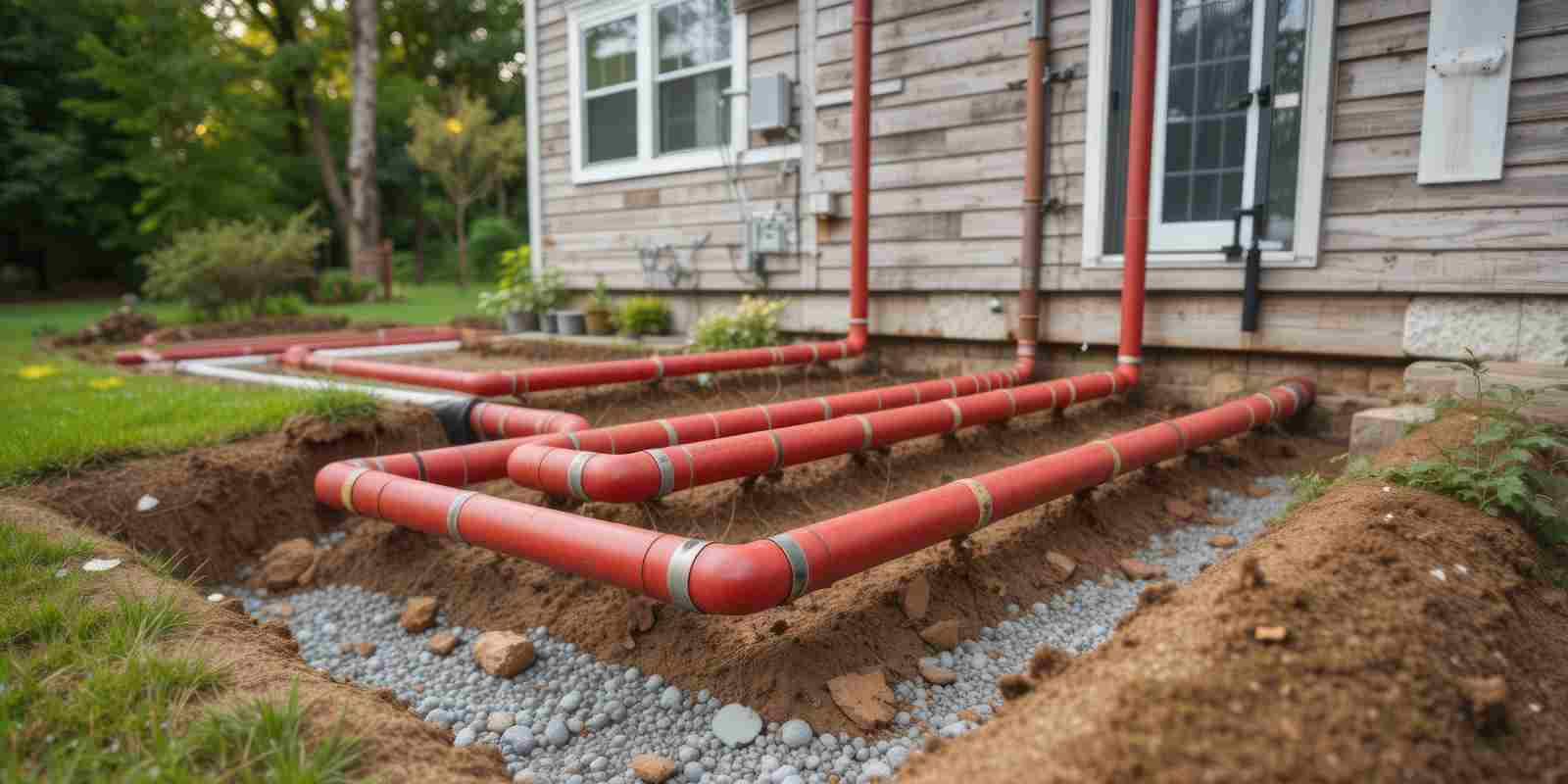
Basements often serve as the go-to storage area in many homes, becoming a repository for everything from seasonal decorations to old furniture and forgotten belongings. However, without proper organization, basements can quickly descend into chaos, making it difficult to find anything when you need it. Fortunately, with some strategic planning and a bit of elbow grease, you can transform your basement into an organized and efficient storage space. In this guide, we’ll walk you through the steps to reclaim control over your basement storage area.
Step 1: Declutter and Sort
Before you can organize your basement, you need to declutter and sort through the items stored there. Begin by taking everything out of the basement and sorting it into categories such as seasonal decorations, tools, sports equipment, and keepsakes. As you go through each item, ask yourself whether you truly need it or if it’s just taking up valuable space.
Step 2: Purge Unnecessary Items
Once you’ve sorted everything into categories, it’s time to purge any unnecessary items. If you haven’t used or thought about an item in the past year, it’s probably safe to say you can live without it. Consider donating or selling items that are in good condition but no longer serve a purpose in your life.
Step 3: Assess Your Storage Needs
With the clutter cleared out, take stock of your remaining belongings and assess your storage needs. Consider investing in storage solutions such as shelving units, plastic bins, and hooks to maximize the available space in your basement. Adjustable shelving units are particularly versatile as they allow you to customize the layout to accommodate items of various sizes.
Step 4: Create Zones
To keep your basement organized, create designated zones for different categories of items. For example, designate one area for seasonal decorations, another for tools and hardware, and another for sports equipment. Clearly label each zone to make it easy to find what you need when you need it.
Step 5: Utilize Vertical Space
When organizing your basement storage space, don’t forget to utilize vertical space. Install shelves along the walls to store items such as bins, boxes, and containers. Consider installing pegboards or hooks to hang tools, gardening equipment, and other items with handles. By taking advantage of vertical space, you can maximize storage capacity without sacrificing floor space.
Step 6: Invest in Storage Containers
Invest in high-quality storage containers to keep your belongings safe and organized. Opt for clear bins with lids so you can easily see what’s inside without having to open each container. Be sure to label each container with its contents to streamline the retrieval process.
Step 7: Keep It Organized
Once you’ve organized your basement storage space, make an effort to keep it that way. Establish a system for returning items to their designated zones after use and encourage other household members to follow suit. Regularly assess your storage needs and make adjustments to your organizational system as necessary.
Step 8: Maintain Regular Maintenance
Finally, schedule regular maintenance sessions to keep your basement storage space organized and clutter-free. Set aside time every few months to declutter, purge, and reorganize as needed. By staying proactive, you can prevent clutter from accumulating and maintain an efficient storage system for years to come.



